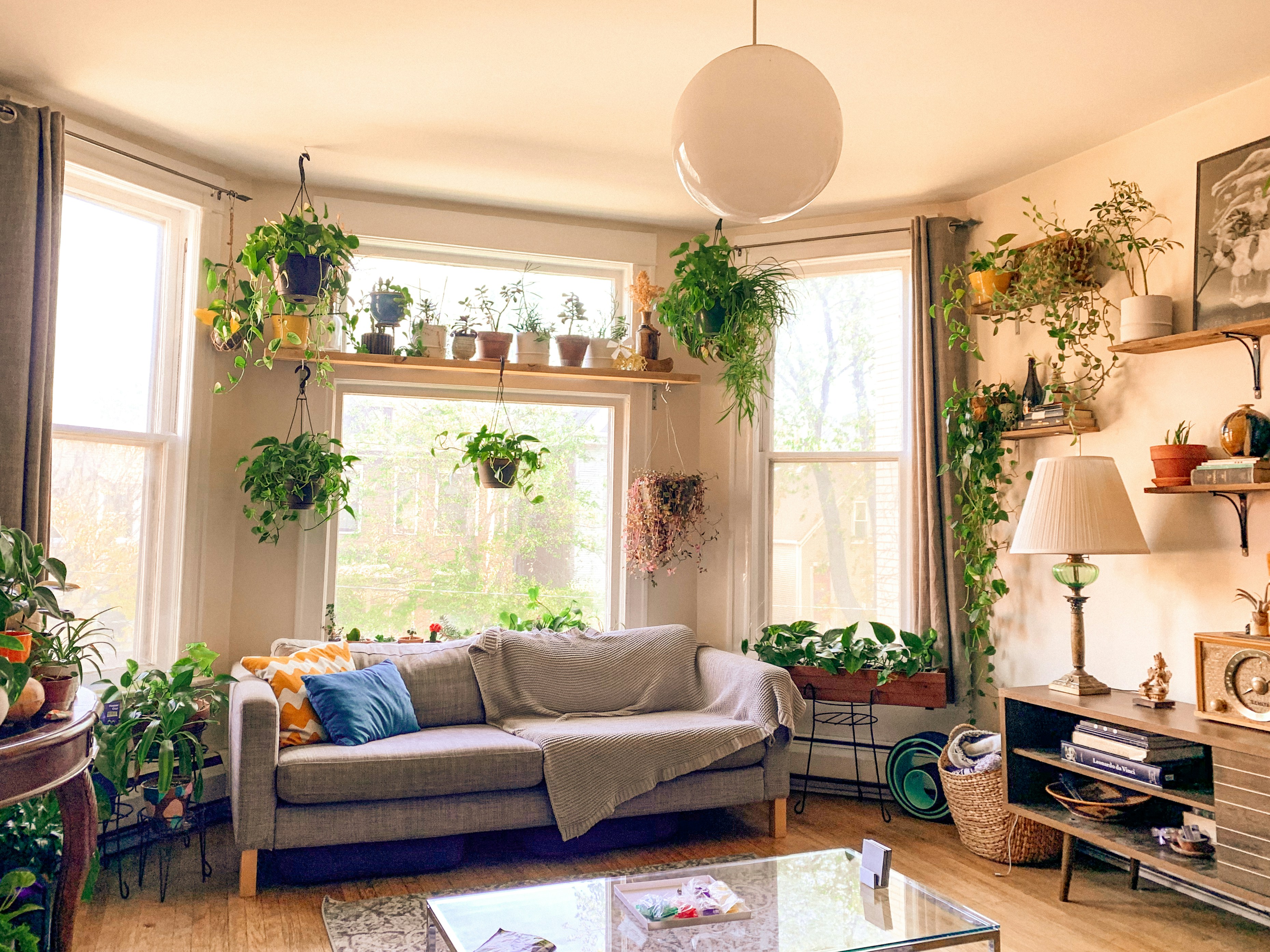"Transforming Spaces: The Innovative Approach to Space-Saving Home Design"
Introduction: Are you feeling overwhelmed by clutter, or do you live in a compact space that seems impossible to organize? Space-saving home design is the innovative solution that blends aesthetics, functionality, and smart utilization of every square foot. This trend focuses on maximizing space without compromising on style, and it's rapidly gaining popularity in urban areas where living spaces are typically smaller.

The Genesis of Space-Saving Design
In the 1920s, the concept of space-saving emerged in response to the overcrowding of urban areas and the necessity to accommodate more people in less space. Architects and designers began to experiment with multi-purpose furniture and innovative layouts to maximize the available area. The industrial revolution played a significant role in this transformation, with the mass production of affordable and versatile furniture pieces.
Current Trends in Space-Saving Home Design
Modern space-saving design embraces minimalism and functionality. Retractable and foldable furniture, built-in storage solutions, and clever use of vertical space dominate this trend. Transformable furniture, such as sofa beds, extendable tables, and loft beds are prevalent, while multifunctional units such as wall beds with integrated desks or sofas are becoming increasingly popular.
The Practicality of Space-Saving Design
Space-saving design offers a practical solution for small living spaces. It optimizes every inch of the room, making it look larger and feel less cluttered. Market trends indicate a growing demand for space-saving furniture and design solutions, particularly among millennials and urban dwellers. Moreover, this design approach enhances daily living by promoting organization, cleanliness, and efficiency.
The Merits of Space-Saving Design
Research shows that a well-organized space can positively impact mental well-being. It reduces stress, improves focus, and promotes relaxation. Furthermore, space-saving design encourages mindful consumption, as it necessitates thoughtful purchases and discourages accumulation of unnecessary items.
Crafting a Space-Saving Home
Implementing a space-saving design requires a blend of creativity, strategic planning, and the right furniture. It’s about making smart choices—opt for furniture that serves multiple purposes, use vertical spaces for storage, and keep the floor area as clear as possible. Remember, less is more when it comes to creating an open, uncluttered space.
In conclusion, space-saving home design is a functional, stylish, and smart approach to modern living. It offers a practical solution for small spaces, promotes mindful consumption, and enhances daily living. This trend is set to continue to flourish, with new and innovative space-saving solutions continually being developed.





